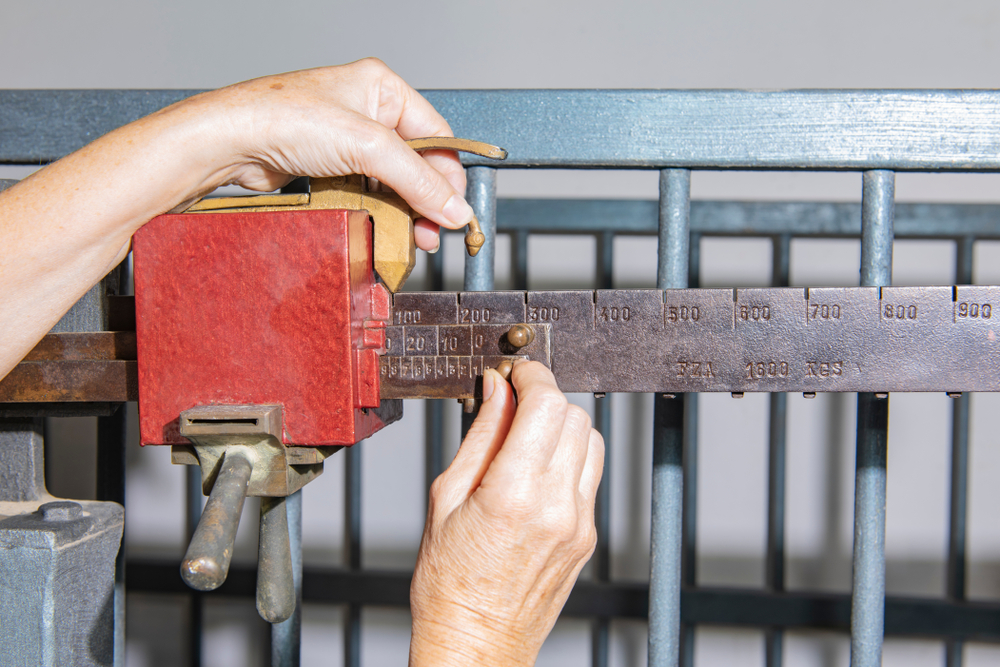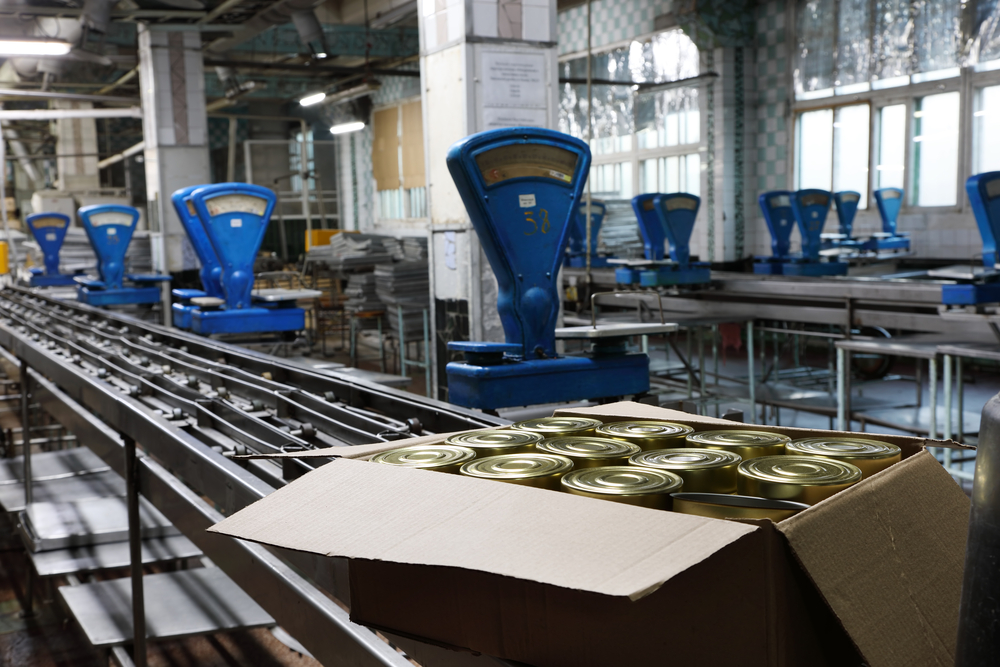For thousands of years, scales have played a key role in human history, advancing the development of trade, commerce and science. Here’s how scales went from being simple weighing devices to sophisticated machines.
The balance (2000 B.C.)
The first weighing scales were balances, devices comprising two plates suspended on a horizontal beam attached to a central pole. The scales could freely tilt up and down on either side of the pole. To weigh an item, it had to be placed in a pan on one of the plates. Mass-setting stones were then deposited in an identical pan on the opposing plate until the plates were level. The number of stones used determined the object’s weight.
The oldest evidence of balances are mass-setting stones discovered near Pakistan that date back to around 2000 B.C. In addition, Egyptian hieroglyphs from this era depict scales being used. In fact, the scale played an important role in Egyptian mythology, as the god Anubis was believed to use one to weigh the hearts of the dead and therefore determine if they were worthy of entering the afterlife.
The Roberval balance (1600s)
The next significant development in scale technology didn’t come until 1669 when a French mathematician presented his weighing scale, the Roberval balance, to the French Academy. His balance had six horizontal beams rather than two. Its major innovation was at the level of precision. The weighed item and counterweight could be placed anywhere on the pans of the Roberval balance, whereas they had to be set at the exact centre on a traditional balance.
Spring scales (1800s)
The 18th and 19th centuries saw the invention and large-scale manufacture of the spring scale. Invented in England in 1770, spring scale measure the pressure exerted on a spring to determine the weight of an object. The spring scale was widely used to weigh letters and packages after the introduction of the Uniform Penny Post in the United Kingdom in 1840. This type of scale is still used today.
Digital scales (1900s)
In the 1980s, the first digital scales were produced. Digital scales rely on load cells, devices that are able to convert force to electrical signals. Digital scales are able to measure weights with extreme accuracy, which has made them indispensable for laboratory work and other applications that require high levels of precision.
Advanced customization (2000s)
Since the turn of the century, many innovations have made the advanced customization of digital scales possible. For example, digital scales can be integrated into industrial equipment, such as forklifts, conveyer belts, cranes and hoppers. And many of these scales are WiFi-enabled and can send weighing data directly to a computer.
Commercial and industrial scales in Alberta
Since 1992, Accurate/Western Scale Co. Ltd. has been Alberta’s most trusted scale company. We install, inspect and certify commercial and industrial scales in Calgary, Red Deer, Edmonton, Swift Current and throughout Alberta. Contact us for more information.





